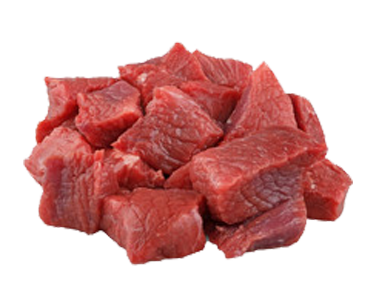-
Metaphor Agrotech Pvt. Ltd. Chandrasekharpur Bhubaneswar
-
info@metaphoragrotech.com
The largest concentrations of goats are found in India and on the Indian subcontinent but every continent has its own species and subspecies. Some are more suitable for meat, others for milk production, but goats in mixed systems are multipurpose animals. They produce meat, milk, offspring, skin and hair; they serve as a savings account and they provide readily available money when needed. Goat meat is highly appreciated in countries where pig and/or cattle meat is taboo. In large parts of India the goat is the major meat supplier. In Mediterranean countries goats are kept for milk, which is consumed fresh and as yoghurt or cheese. The fat content tends to be higher than in cattle milk and the same is true for the milk protein content.
Goats are often accused of causing soil degradation and erosion. However, in reality the feeding behaviour of goats is not necessarily damaging; it is more likely that they are left to graze after the land has already been deforested for cropping and timber or left vulnerable after overgrazing by cattle. Goats browse and prefer woody species and they normally find sufficient feed in 4-5 hours' grazing time, including walking time - contrary to cattle, which need double this time to satisfy their feeding needs. After droughts when cattle have died the restoration of herd’s starts with the small ruminants, because their reproductive cycle is short and their numbers can increase rapidly. The goats are then sold to re-obtain cattle from elsewhere. This is how agro pastoralists in the Sahel restored their herds after the droughts in the 1970s and 1980s. The small size and relatively low individual values bring goats within the capacity of low-income farmers: "the goat is the poor man's cow". In many areas women and young adults also own goats, whereas cattle are almost exclusively owned by men. To avoid damage to crops and to still take advantage of their benefits, goats may have to be kept in a zero-grazing system, often on slatted floors. The dung and the urine fall on the ground and in the process are mixed with poor quality feed leftovers used for compost while the goat is kept under hygienic conditions.
Common practice categorizes chicken development in terms of traditional, backyard, semi-commercial, commercial and industrial systems. This sequence, however, implies a progression from traditional to industrial. In other words, it represents an undervaluation of the small traditional production units and it does no justice to the role that scavenging chickens can play in a household economy of mixed farms, i.e. it disregards the importance of the so-called traditional poultry, also called family or farmyard poultry. Indeed, many extensionists tend to approach family poultry with a narrow mindset. They focus on so-called improved housing, and avoidance of inbreeding and good veterinary care - issues that are more related to the keeping of confined than scavenging chickens on free range. For example, inbreeding is not a problem for family flocks where new blood is introduced by exchange or gifts of eggs and/or male birds.
Successful improvements in the keeping of scavenging chickens on mixed farms are based on the following approaches:
Decrease mortality of young chicks where losses of 50 to 80 percent are reported, e.g. due to predators. The loss of a small chick of one or two weeks old may not seem a great loss but the young animals of "today" are the adult animals of the future. A common way to protect young birds is the use of moveable rearing pens that provide protection for the first four to six weeks, the most vulnerable period.Trained people to improve egg hatching results. Often when all the eggs have been sold, a hen starts to get broody. Women then gather eggs from neighbours but those eggs are not always fresh and they give disappointing hatching results.Supply limestone or other calcium sources to the good layers, particularly to the hybrid layers in scavenging systems that are only fed with grains.






